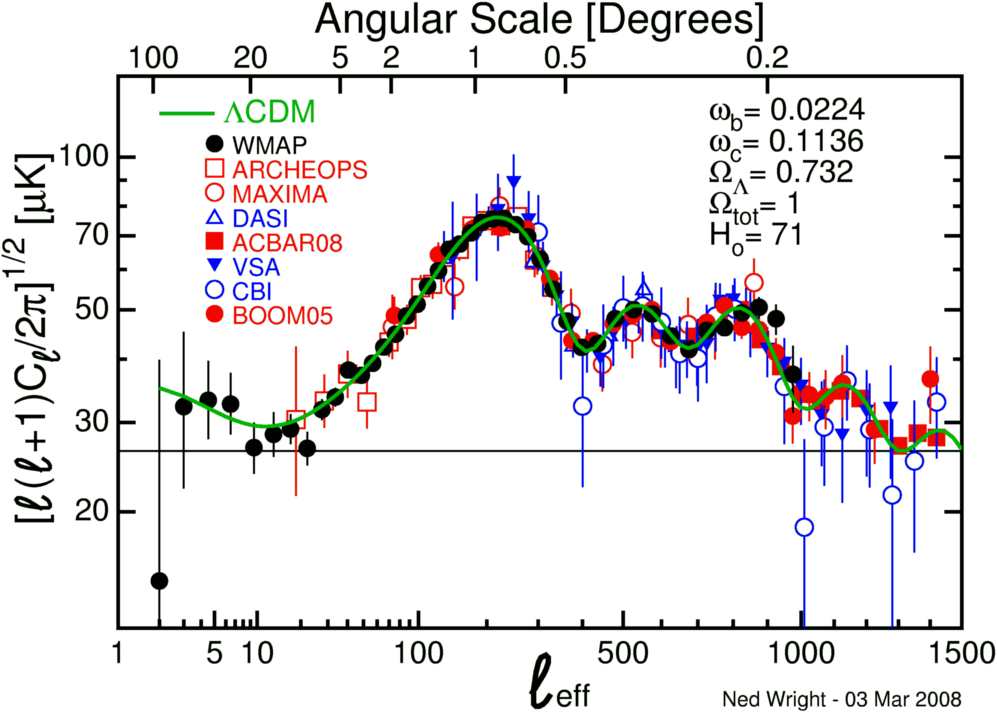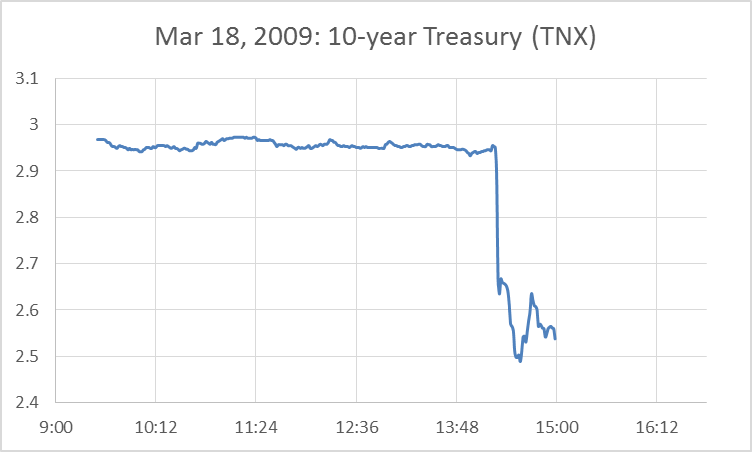 |
| A section of something cool I saw at the Tate Modern yesterday that is mildly relevant. Details to follow when I have a real computer. [Here is a link; it's part of a work by Alexander Brodsky and Ilya Utkin.] |
Gah! I always seem to miss the big macro debate flare ups when I'm on vacation.
So Paul Krugman called out monetarism and Scott Sumner and Nick Rowe responded (among others). I will add some links when I have access to a real computer and am not writing on my iPhone waiting to get on a bus to go Stonehenge for the winter solstice.
Summer touts his model getting e.g. the US and Australia right. Japan and Switzerland, too.
But why can't the BoJ get inflation, whereas Australia can reach NGDP targets? No, really. Why? The central banks are just organizations of humans ... If I took the BoJ and put it in charge of Australia and vice versa, would I get different results? Why? That actually implies that the specific humans in charge matter! Literally it matters that Greenspan or whoever is in charge -- the math is irrelevant, and it becomes a question similar to whether a president or general was a 'good leader'. Macroeconomics becomes a strange phrenology of money with lots of detailed equations and models that all purport to divine that ineffable quality of a "great man" (or woman) that could get the inflation target he or she wanted at any central bank.
And Nick Rowe's word games posit a central bank that "does nothing" that is massively deflationary. I don't think anyone has said that a central bank can't achieve deflation. But what really is problematic is that the definition of doing nothing is irrelevant to Japan. M(t) and m(t) both define the same path of the monetary base, both of which are increasing, and neither of which seem to affect the price level. It really doesn't matter how you word it.
However, the information transfer model shows how a Japan or an Australia can exist simultaneously in the same framework. If they traded central banks, they'd get largely the same results as they're getting now [i.e. Japan would be in a liquidity trap and Australia wouldn't]. And it shows how 'doing nothing' -- keeping a constantly increasing monetary base -- eventually leads to impotent monetary policy. And it shows how major increases in the base can have zero impact on inflation.
And the model isn't even that complicated.
So Paul Krugman called out monetarism and Scott Sumner and Nick Rowe responded (among others). I will add some links when I have access to a real computer and am not writing on my iPhone waiting to get on a bus to go Stonehenge for the winter solstice.
Summer touts his model getting e.g. the US and Australia right. Japan and Switzerland, too.
But why can't the BoJ get inflation, whereas Australia can reach NGDP targets? No, really. Why? The central banks are just organizations of humans ... If I took the BoJ and put it in charge of Australia and vice versa, would I get different results? Why? That actually implies that the specific humans in charge matter! Literally it matters that Greenspan or whoever is in charge -- the math is irrelevant, and it becomes a question similar to whether a president or general was a 'good leader'. Macroeconomics becomes a strange phrenology of money with lots of detailed equations and models that all purport to divine that ineffable quality of a "great man" (or woman) that could get the inflation target he or she wanted at any central bank.
And Nick Rowe's word games posit a central bank that "does nothing" that is massively deflationary. I don't think anyone has said that a central bank can't achieve deflation. But what really is problematic is that the definition of doing nothing is irrelevant to Japan. M(t) and m(t) both define the same path of the monetary base, both of which are increasing, and neither of which seem to affect the price level. It really doesn't matter how you word it.
However, the information transfer model shows how a Japan or an Australia can exist simultaneously in the same framework. If they traded central banks, they'd get largely the same results as they're getting now [i.e. Japan would be in a liquidity trap and Australia wouldn't]. And it shows how 'doing nothing' -- keeping a constantly increasing monetary base -- eventually leads to impotent monetary policy. And it shows how major increases in the base can have zero impact on inflation.
And the model isn't even that complicated.
[Updated 1/7/2015 with links and some bracketed comments.]

%2B1.png)
%2B2.png)
%2B3.png)






%2B1.png)
%2B2.png)



%2B2.png)
%2B1.png)




.png)
.png)
.png)
.png)
.png)




